
|
AVIATION CENTENNIAL
100 Years of Aviation Progress
|

|
| HOME |
| ABOUT KAC |
| The STORY |
| EVENTS / NEWS |
| RESOURCES |
| CONTACT US |
| LINKS to Related Info |
|
|
|
FOR JOURNALISTIC & EDUCATIONAL USE ONLY CLICK IMAGES
Please credit:
One of Longren's several patents (this one in the mid-1930s) on his process for building hollow-shell aluminum aircraft -- using a "stretch press" for aluminum forming -- drawing on work he'd begun in 1916. His technology would be sought by many manufacturers, and his concept of planemaking would become the standard way that most aircraft would be built for the rest of the 20th Century.
|
|
|
|
KANSAS AVIATION HISTORY
MILESTONES
Events of national or international significance, in Kansas aviation, and major changes in Kansas aviation.

1911 - 1st
successful Kansas airplane & aviator: Albin K. Longren
1911/1912 - Clyde Cessna begins flying planes of his own creation -- starting in Oklahoma in 1911, and moving home to Kansas and flying here in 1912.
1916 - Clyde
Cessna
1917 - Clyde Cessna sets U.S. speed record (124mph) in his 1917 monoplane 'Comet'.
1920 -
America's 1st successful "commercial" airplane: the Laird
Swallow(Wichita) -- supplants the popular 2-seat Curtiss Jenny trainer, with streamlining, and with a double-wide passsenger cockpit, permitting a second passenger -- fundamentally & radically changing the economics of commercial passenger flying. Most U.S. planemakers follow suit.
1920s/1930s - Kansas
City
1925 - Travel Air (Wichita)
1925 - 3 Travel
Air biplanes & a Swallow (all from Wichita) were among the 11 "perfect-score" setters in the trend-setting Ford Reliability Tour / National Air Tour -- boosting national credibility of these Kansas planes, in a major cross-country competition that included most of the nation's major planemakers.
1926 - Travel Air (Wichita) wins "First Place" in the Ford Reliability Tour / National Air Tour, with Travel Air 4000, piloted by Walter Beech & navigated by Bryce Goldsboro. Clinches the national reputation of Travel Air planes.
1926 - Stearman
Aircraft (Wichita)
founded by Lloyd Stearman
1927 - Travel
Air 5000 -- a 5-seat, single-engine monoplane -- is 1st airliner built
to an airline's specifications -- the beginning of a trend that would
result in most of the legendary airliners of the 20th Century, including the
Boeing 247, 707, and 747, Douglas DC-3, and
1927 - Travel Air 5000 is first civilian plane to Hawaii (Originally sought, unsuccessfully, by Charles Lindbergh for his legendary New York-to-Paris solo -- the Travel Air 5000 is entered in the next big race, by multiple competitors, including a renegade aviator "jumping the gun," Ernest Smith. Smith and his navigator
Emory Bronte, become 1st civilians to fly to Hawaii, aboard their Travel Air 5000, City of Oakland.
MORE...
1929 - Travel
Air Mystery Ship,
1929 - Travel
Air, Stearman, Cessna, Swallow, and 14 other planemakers combine to win Wichita
the official title "Air Capital City,"
TWA dictates specifications as first customer for the Douglas DC-2, which evolves into the most important aircraft in world history: the Douglas DC-3 (left), which revolutionizes airlines worldwide, and greatly enhances U.S. military power. 1929 (Jun 17) - Delta Air Service (future Delta Airlines) makes its first passenger flight with a Travel Air 6000, a Kansas-built 6-seat cabin monoplane, flying from Dallas, Tex., to Monroe, La. Delta will become one of the largest, oldest and most successful airlines -- today the only U.S. airline serving every contintent but Antarctica -- the world's largest passenger airline.
1920s/1930s -
Becomes a major force in promotion of early airlines, particularly TWA. Her disappearance on round-the-world flight becomes worlds' most famous "disappearance" mystery.
1931 - Stearman
Aircraft Co. acquired by Boeing (through various mergers & reorganizations),
eventually becoming Boeing-Wichita. In the second half of Kansas' Century of Aviation, it will become the state's largest single employer in any industry, and (for decades) the largest Boeing factory outside Washington state.
1931 - TWA Fokker Trimotor Crash, outside Bazaar, Ks., near Matfield Green, enroute between Kansas City and Wichita, kills national hero
This crash effectively forces the change from wood-frame
Also results in safer, more detailed and demanding regulations for airliner inspection & maintenance.
1932 - Beech
Aircraft (Wichita) founded,
1933 - Luscombe
Aircraft (Kansas City, Mo.)
1935 - Cessna Aircraft (Wichita) revived from shutdown, with Clyde Cessna's nephews Dwane & Dwight Wallace in charge. Eventually includes factories in Winfield / Arkansas City, Hutchinson, Independence, and outside Kansas. Under Dwane Wallace, Cessna Aircraft Co. will become the world's leader in general aviation aircraft.
1936 - Fast,
1940s - World War II
1940s - World War II triggers an explosive growth of Kansas aviation. Aircraft factories and military airfields wildly expand, or suddenly appear, in various Kansas communities, to fight the legendary "home front" "Battle of Kansas":
Late 1940s - Cessna
& Beech (Wichita) become clear leaders and trend-setters of the
1947 (Apr. 1): Wichita's Weather Bureau Office becomes the nation's first to have a weather radar installed. It is first installed at the original Wichita Municipal Airport (what is now McConnell AFB). From this Kansas beginning, weather radar eventually becomes one of the foremost safety advances of postwar aviation -- in Wichita, throughout the United States, and worldwide. Source: National Weather Service - NWS Wichita History 1940s-1960s - Massive
"Cold War" spending on military airpower results in:
1950s - Kansan James Jabara (Wichita)
becomes America's "1st Jet Ace" -- and eventual 2nd-ranking ace of the Korean War.
1953 - Kansan Dwight D. Eisenhower (Abeline)
As President, "Ike" transforms U.S. civil aviation into a mature, structured, carefully-supervised growing system of transportation.
1950s/1960s - TWA
-- TransWorld Airlines -- operating from main base at Fairfax Airport, in
Kansas City, Kansas,
becomes
1950s-1970s -
Cessna Aircraft Co. (based in Wichita, with factories in Winfield/Arkansas City
& Hutchinson) becomes the world leader in volume
of aircraft produced, with over 100,000 Cessnas built in
Kansas, and put to use around the world, by 1973. Each year,
Cessna builds almost every kind of general aviation aircraft imaginable, from puddle-jumpers and leading trainers, to the world's most popular personal planes, the world's most popular line of seaplanes (regular Cessnas on pontoon floats), to the leading bush planes and cropdusters, to light twins and executive aircraft, to helicopters, to military training and attack jets, to commuter airliners and light cargo transports, to the world's most popular "bizjets" (including the world's fastest).
At the same time, Beech Aircraft Co. (based in Wichita, with factories in Salina & Liberal) becomes the indisputable world leader in "business aircraft" -- having sold hundreds of pre-war Model 17 Staggerwings and Beech 18s, followed by another 7,400 for World War II
1960s - FFA - Flying
Farmers of America (today's IFF- International Flying Farmers)
1964 - Lear Jet
(Wichita)
1969 - 1st Certified Commuter Airline - Aero Services, Inc. (ASI) founded , (the future Air Midwest Airlines, today's Midwest Express / Air Midwest div. of Mesa Airlines), based in Wichita and serving cities throughout Kansas, and eventually adjoining states. Starting out with Cessna and Beech commuter airliners, Air Midwest is industry's safety leader, with zero fatal accidents while under Kansas ownership.
1960s-present - Boeing-Wichita
factory produces fuselage (body) for Boeing's most popular planes
-- 737 & 757 --
1970s - Bede Aircraft (Newton) -- led by Jim Bede (aided by young engineer Burt Rutan)-- begins manufacturing popular kits for BD-5 Micro light plane, initiating the long-term success of the "kitplane" movement.
1970s/1980s - Wichita aircraft manufacturers Cessna, Learjet & Beech/Hawker become the clear world industry leaders in business jet manufacturing.
1980s - Beech Aircraft (later as Raytheon Aircraft) with starting help from Burt Rutan -- develops the trend-setting Beech Starship
These are the 2 key transforming design technologies of today's latest aircraft -- both first mass-produced in Kansas.
1980s/1990s - RANS Aircraft (Hays) becomes one of the world's leading forces in the development and manufacture of ultralight and light-sport aircraft.
2000s - Airbus,
one of the world's two leading airliner manufacturers, establishes North
American engineering headquarters in Wichita,
Wichita thus becomes one of the few cities in the world to host major facilities of all 3 top airliner manufacturers:
2005 - Steve Fossett becomes first to circle the globe un-refueled, non-stop, solo, in Burt Rutan's Virgin Atlantic Global Voyager -- starting and ending at Salina Airport, with support from Kansas State University aviation students & faculty, working the flight's operations base and "Mission Control." Using those same Kansas resources, Fossett later sets the world closed-circuit distance record.
Join us in celebrating |
|
| HOME | ABOUT US | The STORY | EVENTS | RESOURCES | CONTACTS | LINKS | |

THE
Kansas Aviation Centennial
WEB HOSTING & SUPPORT SPONSOR

|
KANSAS AVIATION CENTENNIAL COMMITTEE
and SELECTED CONTENT PROVIDERS
DESIGN 2011 by RICHARD HARRIS & ASSOC.
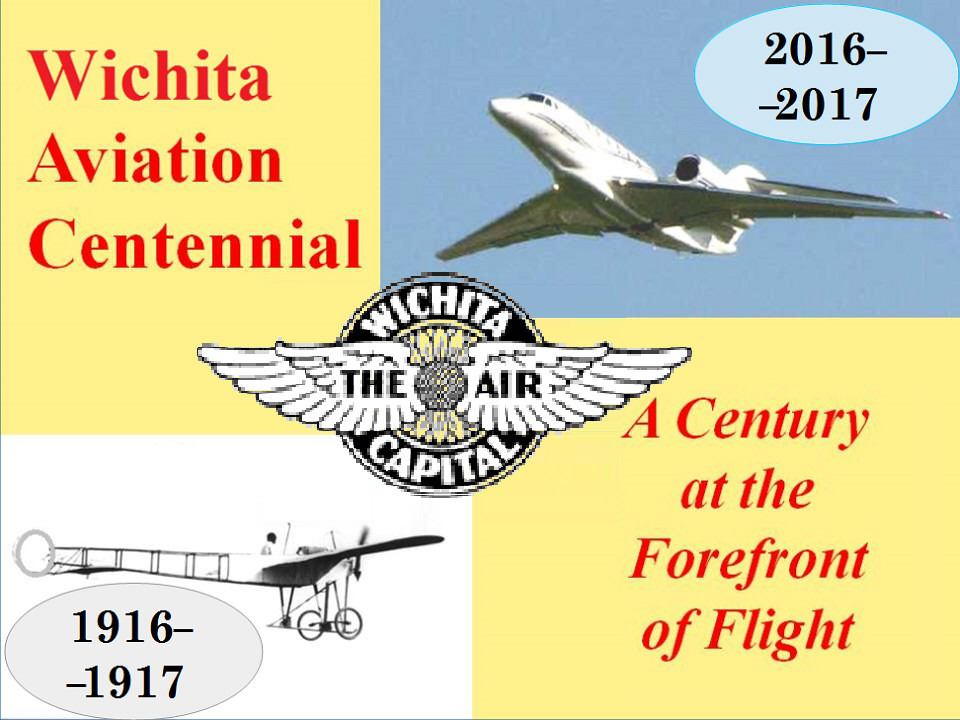




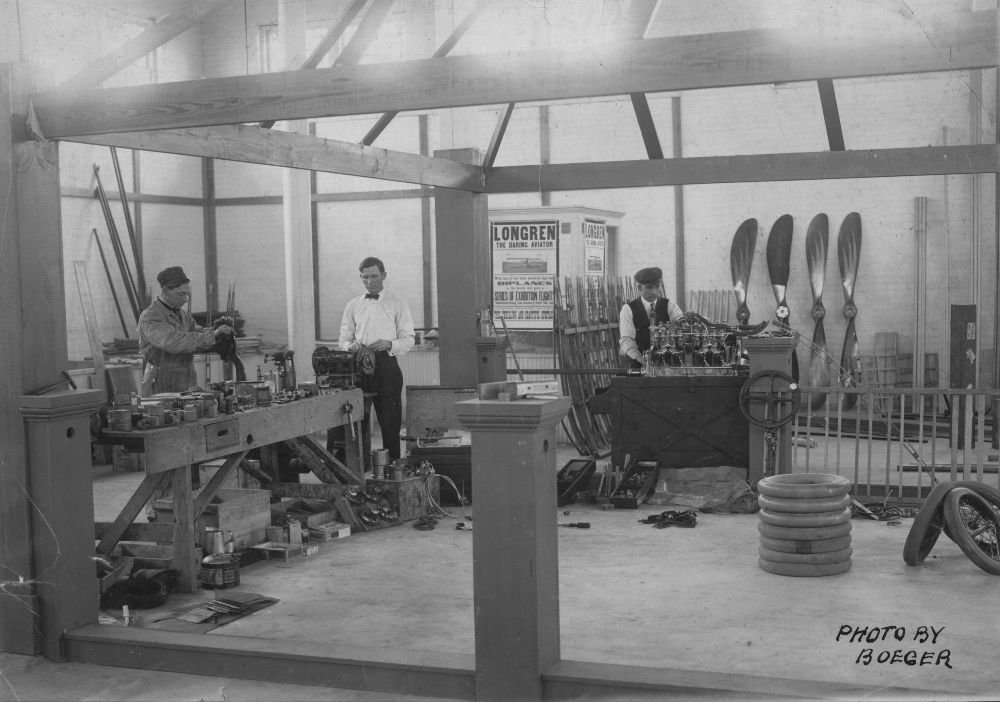


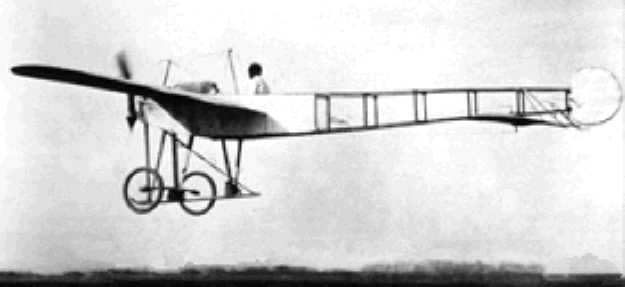


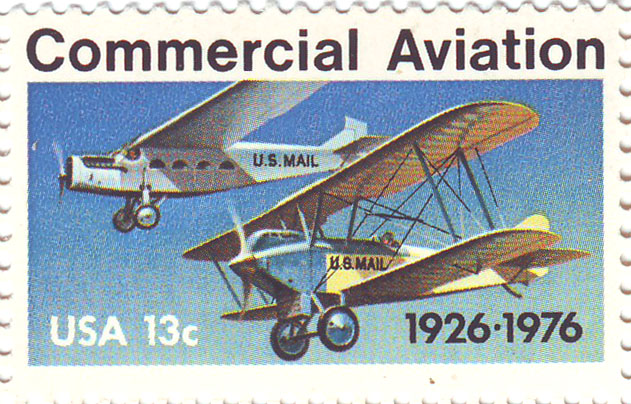

 founded by aviators
founded by aviators 
 with help from Kansas business leaders. Leading manufacturer of stout biplanes
for commercial cargo and airmail operators, and (later) military trainers.
with help from Kansas business leaders. Leading manufacturer of stout biplanes
for commercial cargo and airmail operators, and (later) military trainers.


 awarded annually by the nation's Aeronautical Chamber of Commerce (today's Aerospace
Industries Assn.), to the U.S. city producing the most aircraft.
awarded annually by the nation's Aeronautical Chamber of Commerce (today's Aerospace
Industries Assn.), to the U.S. city producing the most aircraft.
 1920s/1930s - TWA
(originally Transcontinental & Western Air,
later TransWorld Airlines)
-- based at the historic Fairfax Airport, in Kansas City,
Kansas
-- with backing from the world's two most famous aviators -- Charles Lindbergh & Kansas' own Amelia Earhart --
1920s/1930s - TWA
(originally Transcontinental & Western Air,
later TransWorld Airlines)
-- based at the historic Fairfax Airport, in Kansas City,
Kansas
-- with backing from the world's two most famous aviators -- Charles Lindbergh & Kansas' own Amelia Earhart --
 becomes one of the foremost leaders and trend-setters among U.S. airlines.
becomes one of the foremost leaders and trend-setters among U.S. airlines.
 Kansas-bred
Kansas-bred
 and recognized woman in the world,
and most influential campaigner
for womens' rights and independence.
and recognized woman in the world,
and most influential campaigner
for womens' rights and independence.

 Knute Rockne
and several others, triggering a national debate over airline safety, resulting in major, pivotal, life-saving changes to U.S. airliners & airline regulation.
Knute Rockne
and several others, triggering a national debate over airline safety, resulting in major, pivotal, life-saving changes to U.S. airliners & airline regulation.

 eventually taking over old Travel Air factory & last Travel Air design - Beech Model 17 "Staggerwing." Eventually includes factories in Salina, Liberal, Hutchinson and Herrington, and
outside Kansas.
eventually taking over old Travel Air factory & last Travel Air design - Beech Model 17 "Staggerwing." Eventually includes factories in Salina, Liberal, Hutchinson and Herrington, and
outside Kansas.
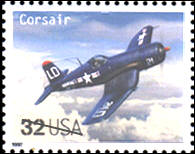 transforms America -- aviation and society alike. Kansas, like all of the U.S., sends tens of thousands of men and women to war, many in aviation roles. Many suffer and/or are greatly changed. Some do not return.
transforms America -- aviation and society alike. Kansas, like all of the U.S., sends tens of thousands of men and women to war, many in aviation roles. Many suffer and/or are greatly changed. Some do not return.
 Wichita & Kansas City, Ks. -- produce, in total,
one out of every nine U.S. warplanes (a third of the U.S. medium bombers (B-25), nearly half of the very heavy bombers (B-29), a quarter of the transports (Cessna & Beech light transports), most of the primary and twin-engine trainers, nearly all target drones,
Wichita & Kansas City, Ks. -- produce, in total,
one out of every nine U.S. warplanes (a third of the U.S. medium bombers (B-25), nearly half of the very heavy bombers (B-29), a quarter of the transports (Cessna & Beech light transports), most of the primary and twin-engine trainers, nearly all target drones,
 and over 2,000 invasion gliders -- plus major parts of thousands of combat aircraft, including the engines for many fighters.
and over 2,000 invasion gliders -- plus major parts of thousands of combat aircraft, including the engines for many fighters.
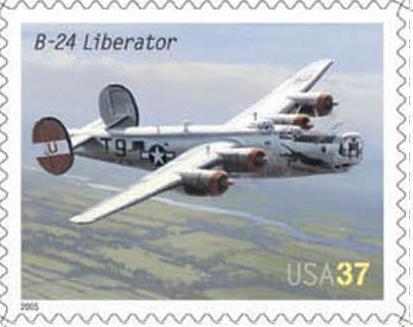 Hutchinson, Pratt, Garden City, Dodge City, Coffeyville, Olathe, Winfield-Arkansas City, and elsewhere --
training hundreds of crews in B-17, B-24/PB4Y,
and B-29 bombers, as well as pilot and aircrew training in BT-13 intermediate trainers, and in P-47 Thunderbolts. (Crews were largely prepared first -- in Kansas and elsewhere -- in Kansas-built Stearman, Cessna and Beech military trainers)
Hutchinson, Pratt, Garden City, Dodge City, Coffeyville, Olathe, Winfield-Arkansas City, and elsewhere --
training hundreds of crews in B-17, B-24/PB4Y,
and B-29 bombers, as well as pilot and aircrew training in BT-13 intermediate trainers, and in P-47 Thunderbolts. (Crews were largely prepared first -- in Kansas and elsewhere -- in Kansas-built Stearman, Cessna and Beech military trainers)
 nation's light plane industry, with modern all-metal planes:
nation's light plane industry, with modern all-metal planes:

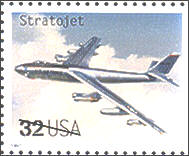
 In later career, he commanded starting squadrons for the most challenging cutting-edge combat jets. Regarded as Air Force's top gunnery pilot, and key expert in combat jet operations. Today's USAF top award for airmanship is the "Jabara Award."
In later career, he commanded starting squadrons for the most challenging cutting-edge combat jets. Regarded as Air Force's top gunnery pilot, and key expert in combat jet operations. Today's USAF top award for airmanship is the "Jabara Award."
 becomes President of the United States -- the first U.S. president to have been a licensed pilot (1939, learning in a Kansas-built Stearman trainer).
becomes President of the United States -- the first U.S. president to have been a licensed pilot (1939, learning in a Kansas-built Stearman trainer).
 "Ike" fundamentally and radically expanded the role of aviation in the American Presidency, traveling over 300,000 miles on aircraft -- including helicopters, light twins, propliners and early jetliners.
"Ike" fundamentally and radically expanded the role of aviation in the American Presidency, traveling over 300,000 miles on aircraft -- including helicopters, light twins, propliners and early jetliners.
 world's largest, most influential airline.
Drives development of Lockheed Constellation and Boeing 747, and popularizes international airline passenger flying.
world's largest, most influential airline.
Drives development of Lockheed Constellation and Boeing 747, and popularizes international airline passenger flying.
 for 15 years (1955-1970) Cessna is the world leader in total airplanes produced.
for 15 years (1955-1970) Cessna is the world leader in total airplanes produced.
 (most of which were returned to the civilian world as executive or commercial aircraft), over 10,000 post-war Bonanzas, hundreds of "Musketeer" light planes, and thousands of twin-engine aircraft ranging from the Baron light twins to grand cabin-class "executive airliners": the postwar Beech 18 (by then, the longest continuously produced plane in the world), elegant Queen Air, and its turboprop variant, the King Air (the world's most popular turboprop plane). Additional variations of these aircraft would find dozens of military support roles, from trainers to spyplanes, or grow into popular commuter airliners.
(most of which were returned to the civilian world as executive or commercial aircraft), over 10,000 post-war Bonanzas, hundreds of "Musketeer" light planes, and thousands of twin-engine aircraft ranging from the Baron light twins to grand cabin-class "executive airliners": the postwar Beech 18 (by then, the longest continuously produced plane in the world), elegant Queen Air, and its turboprop variant, the King Air (the world's most popular turboprop plane). Additional variations of these aircraft would find dozens of military support roles, from trainers to spyplanes, or grow into popular commuter airliners.
 established in Kansas, organizing and representing the growing agricultural
aviation industry. About the same time, Cessna becomes nation's leading producer of crop-duster aircraft.
established in Kansas, organizing and representing the growing agricultural
aviation industry. About the same time, Cessna becomes nation's leading producer of crop-duster aircraft.
 becomes first truly
successful business jet, and the industry trend-setter -- light, fast, efficent (as jets go) -- essentially defining the concept of the "bizjet." (Today's Bombardier Learjet Div. builds the successors to this aircraft, mostly in Wichita.)
becomes first truly
successful business jet, and the industry trend-setter -- light, fast, efficent (as jets go) -- essentially defining the concept of the "bizjet." (Today's Bombardier Learjet Div. builds the successors to this aircraft, mostly in Wichita.)



 which designs the most
complex structures of the world's largest airliner - the wings of the Airbus
A380.
which designs the most
complex structures of the world's largest airliner - the wings of the Airbus
A380.